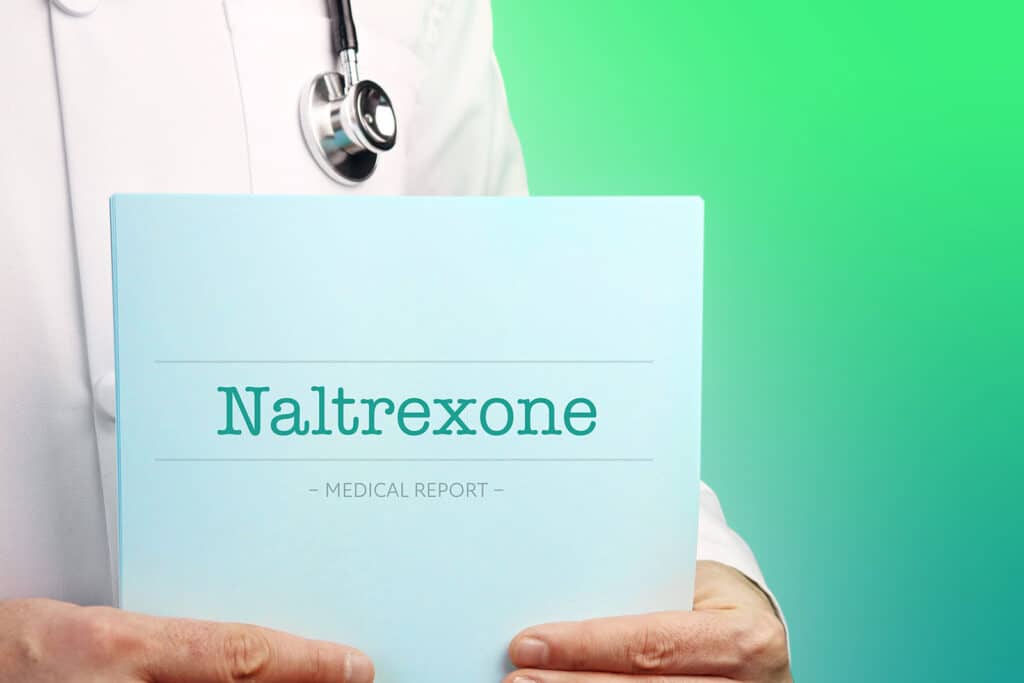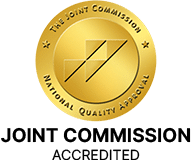Advancements in recent medical technology have given addicts much more of a fighting chance against the scourge of alcoholism and addiction. Before, most addicts had to sweat it out! But now we have drugs like Naltrexone (sold under brand names such as Vivitrol and DaVita).
These drugs are game-changers for many addicts who struggle with the urges to use, which goes for every addict. But it’s not about what Naltrexone makes one feel; it’s about what it makes one NOT feel. The following blog is a resource for any questions you might have about Naltrexone, similar drugs, and whether this MAT treatment might be right for you or a loved one.

Table of Contents
How Does Naltrexone Make You Feel?
Naltrexone is a medication primarily used to manage alcohol and opioid dependence. It works by blocking the effects of opioids and reducing alcohol cravings. Naltrexone does not produce feelings of euphoria or sedation, as it is not an opioid or a central nervous system depressant.
While the effects of naltrexone may vary between individuals, it is typically well-tolerated and does not produce significant noticeable effects on its own. Some individuals may experience minor side effects, such as nausea, headache, dizziness, or gastrointestinal discomfort when starting naltrexone treatment. These side effects are generally mild and tend to diminish over time.
When taken as prescribed, naltrexone’s primary effect is to help reduce the desire to use alcohol or opioids by blocking the rewarding effects of these substances. It works by occupying the opioid receptors in the brain, preventing other opioids from binding to and activating them. By blocking these receptors, naltrexone can help reduce cravings and make it less likely for a person to experience the reinforcing effects of alcohol or opioids.
It is important to note that naltrexone should only be used under the supervision of a healthcare professional, and the specific effects and response to the medication may vary from person to person. If you have questions or concerns about naltrexone or its effects, it is best to consult with a healthcare provider who can provide personalized information based on your specific situation.
How Does Naltrexone Work?
Naltrexone is a drug that works uniquely. But first, let’s understand how alcohol and opioids make someone feel high: when alcohol or opiates (heroin, morphine, Percocet, amongst others) are released into the brain, the substance binds with special receptors in the brain. These receptors then release three dopamine which is responsible for the euphoric feelings associated with drugs.
The chemical in Naltrexone works by binding with these opioid receptors in the brain and blocking them from binding with anything else. In other words, the “high” feeling one gets from being drunk or on opiates is significantly reduced. With this perceived benefit out of the picture, using alcohol or opiates doesn’t look so “sweet” to the addict’s mind as it did before, and the urge to use is reduced.
Is Naltrexone Similar to Methadone or Buprenorphine?
Although Naltrexone works similarly to methadone and buprenorphine, it blocks the opioid receptors in the brain. But there is one key difference: Naltrexone won’t get the patient high and can not be abused. Again, this is because it’s a non-addictive subsistence.
Unfortunately, some of the other drugs designed to do the same black opioid receptors, they extenuate addiction problems. For example, methadone is infamous for becoming another currency for addicts to deal in. Addicts pick up their methadone for the day, don’t use it, sell it, or trade it for their drug of choice. Naltrexone takes this factor out of the equation.
In Which Form Is Naltrexone Available?
Naltrexone comes in a few different forms. It commonly comes in pill form, which is prescribed daily by a doctor. A daily prescription is that adherence is hard to control as the addict’s mind is not healthy. If an addict truly wants to get high or drunk that day, they could skip their dose. This is a more successful method of taking Naltrexone. This is in the form of an intramuscular injection every month.
This method is ideal for attics that are struggling with the urge to use it. The choice to get drunk or high on their drug of choice is taken out of the equation. Unfortunately, Naltrexone only blocks that euphoric feeling from alcohol or opiates. Other drugs are not affected. And if someone is truly unable to embrace their sobriety, they might switch to another drug for a while.
Is Naltrexone Dangerous?
Naltrexone can be dangerous. For alcoholics, alcohol will still affect the body even though it’s not getting the brain high. Judgment and motor skills can still be affected. Opiate addicts need to be careful because if they take their dose of Naltrexone before they have completed withdrawals, the prescription could send them into accurate withdrawal syndrome, which is very painful.
Learn More About Medication-Assisted Treatment
As always, any drugs taken for addiction should have complied with certified drug counseling from an accredited rehab center. If you or a loved one have an addiction to Naltrexone, contact us; one of our specialists can help you on the path to sobriety. All calls are free and confidential, and we are available around the clock. Time to start your recovery to live a happier and healthier life.
FAQ
How long does it take for low dose naltrexone to work?
Does Naltrexone reduce cravings?
Published on: 2021-06-11
Updated on: 2025-01-01



